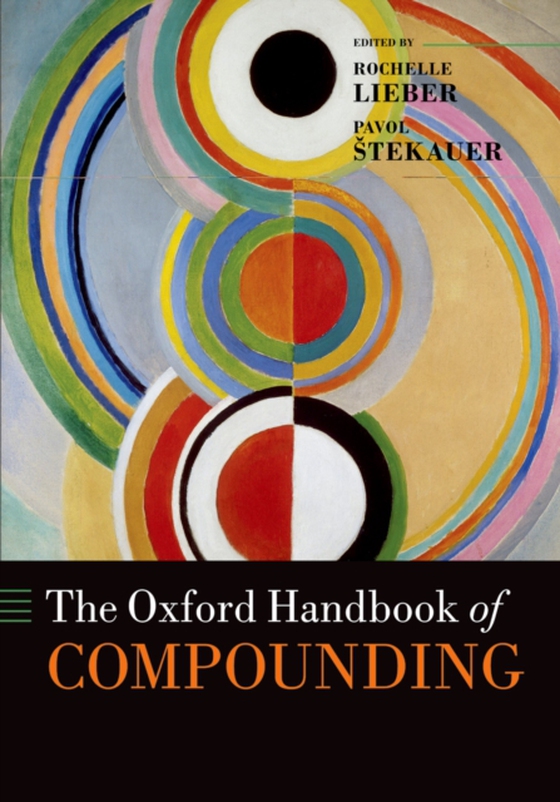
Oxford Handbook of Compounding e-bog
429,94 DKK
(ekskl. moms 343,95 DKK)
This book presents a comprehensive review of theoretical work on the linguistics and psycholinguistics of compound words and combines it with a series of surveys of compounding in a variety of languages from a wide range of language families. Compounding is an effective way to create and express new meanings. Compound words are segmentable into their constituents so that new items can often b...
E-bog
429,94 DKK
Forlag
OUP Oxford
Udgivet
7 juli 2011
Genrer
Psycholinguistics and cognitive linguistics
Sprog
English
Format
pdf
Beskyttelse
LCP
ISBN
9780191617263
This book presents a comprehensive review of theoretical work on the linguistics and psycholinguistics of compound words and combines it with a series of surveys of compounding in a variety of languages from a wide range of language families. Compounding is an effective way to create and express new meanings. Compound words are segmentable into their constituents so that new items can often be understood on first presentation. However, as keystone, keynote, and keyboard, and breadboard, sandwich-board, and mortarboard show, the relation between components is often far from straightforward. The question then arises, as to how far compound sequences are analysed at each encounter and how far they are stored in the brain as singlelexical items? The nature and processing of compounds thus offer an unusually direct route to how language operates in the mind, as well as providing the means of investigating important aspects of morphology, and lexical semantics, and insights to child language acquisition and the organization of themental lexicon. This book is the first to report on the state of the art on these and other central topics, including the classification and typology of compounds, and cross-linguistic research on the subject in different frameworks and from synchronic and diachronic perspectives.
 Dansk
Dansk

